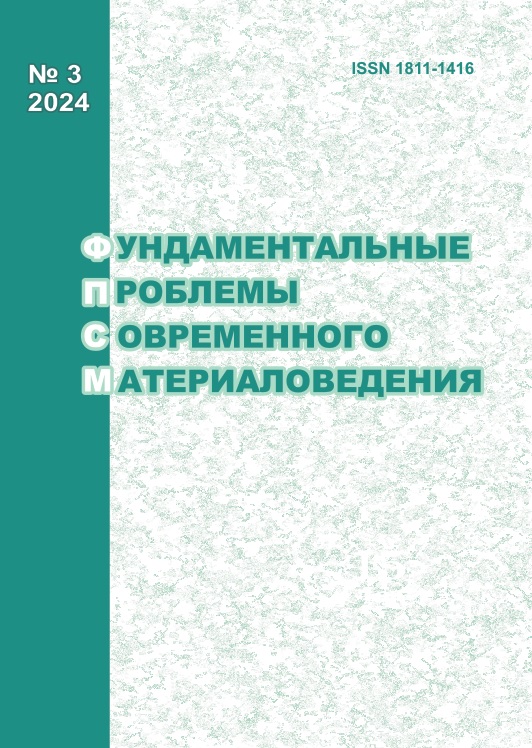ANALYSIS OF MICROSTRUCTURE AND FRACTURE SURFACE OF SOLID-STATE JOINTS OF NICKEL SUPERALLOYS EK61 AND EP975 AFTER PRESSURE WELDING AND HEAT TREATMENT
10.25712/ASTU.1811-1416.2024.03.012
Keywords:
nickel-based superalloys, pressure welding, solid-state joint, heat treatmentAbstract
The paper presents the results of the analysis of changes in the microstructure solid-state joints (SSJ) from high-alloyed nickel-based EK61 (Ni3Nb) and EP975 {(Ni3(Al,Ti)} superalloys with different type of hardening phase after welding and heat treatment. pressure welding and heat treatment (HT). The fracture surface structure of welded specimens after mechanical tensile tests at room and 650 °C temperatures were studied. Pressure welding of cylindrical specimens in EC61//EP975 alloy combination was carried out in vacuum in the temperature range of 850-925 °С, which corresponds to the superplasticity of EK61 superalloy with ultrafine grain structure. Subsequent heat treatment of welded specimens included hardening and aging, which is applied to EK61 superalloy. As the welding temperature increases, the proportion of small angle boundaries decreases in the EK61 superalloy and they are practically not observed in the welded specimens obtained at T=925 °C. Thermal treatment leads to the appearance of annealing twins and grain growth in the EK61 superalloy. Fractographic analysis of the fracture surface of the welded specimens shows that the nature of the fracture is largely due to the structure of the SSJ zone of the EK61//EP975 superalloys. Despite the fact that in all cases the fracture occurred in the solid phase joining zone, the appearance of the fracture surface indicates the predominantly ductile nature of the fracture.











 Journal «Fundamental’nye problemy sovremennogo materialovedenia / Basic Problems of Material Science»
Journal «Fundamental’nye problemy sovremennogo materialovedenia / Basic Problems of Material Science» This work is licensed under a
This work is licensed under a 
